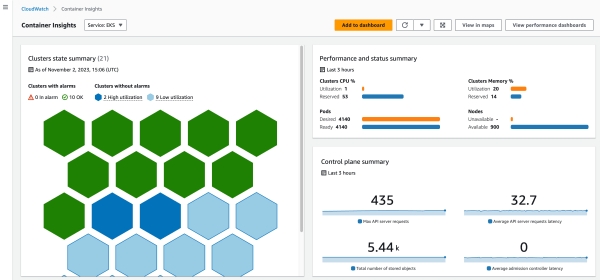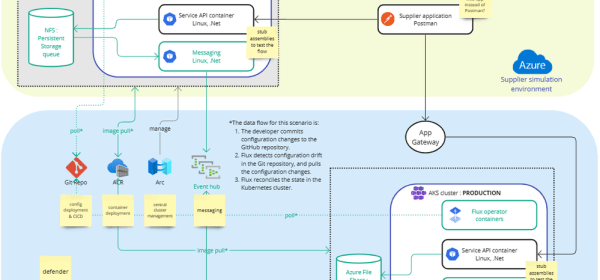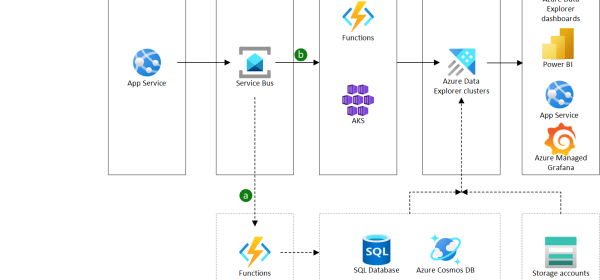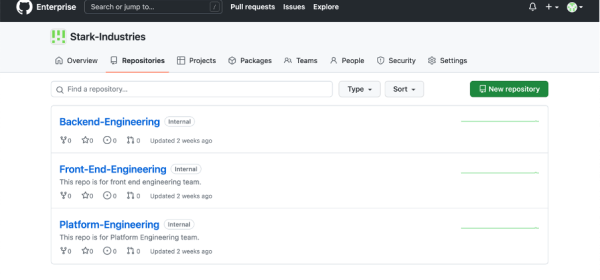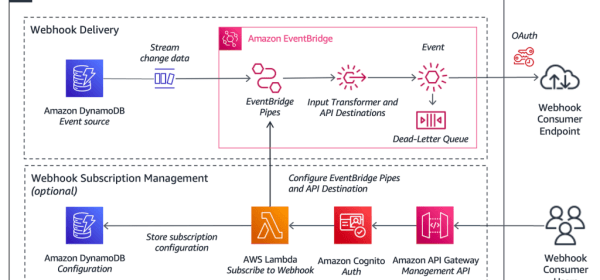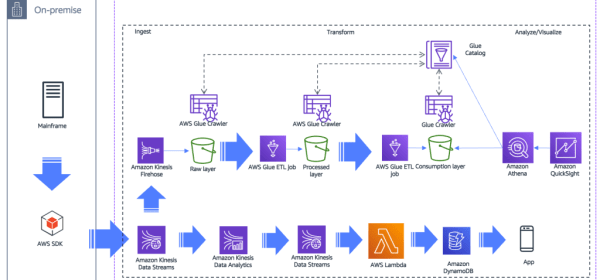Cloud computing trends in 2024 include the need for complex ecosystems, real-time capabilities, security, and sustainability. Rising popularity of hybrid and multi-cloud systems offer reduced costs and risks. The focus would also be on cloud-native development, integrated cloud environments, and data portability. Increased adoption of cloud-driven technologies such as blockchain and IoT, zero-trust security, privacy-enhancing technologies, data encryption, AI/ML integration and real-time data analytics platforms are also anticipated.



